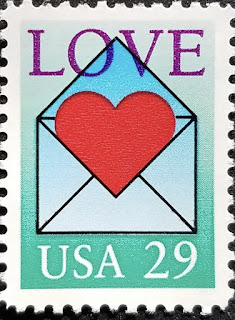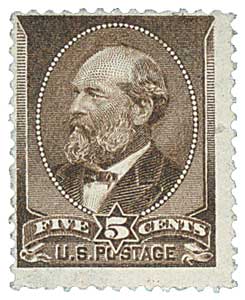
“Given the choice between grief and nothing, I’d choose grief.” William Faulkner
I am in a season of mourning, walking in the valley of the shadow of death. My sweet father passed away unexpectedly. It’s been so hard, but I have felt loved and supported by my people. Mr. Murphy and I have been the recipients of so many kind thoughts, gifts, deeds, food, flowers and prayers. I’ve loved and appreciated everything but I’ve especially cherished the snailmail, of course.
Words, reading the words of others and writing some of my own, are a big part of how I process my feelings and circumstances. It’s no surprise then, that I am treasuring the words of all people writing about grief…the words of the poets, authors and world leaders who have written so eloquently about loss throughout history, the words of Scripture, of course, but also the words of my friends. All these words are a balm to my aching heart.
Grief and loss are common to all and there have been many customs associated with the processing of it…the wearing of black clothes or arm bands, for example, the sending of flowers and the preparing of casseroles for the grieving family. For about 100 years, from the mid-19th to mid-20th centuries, another mourning custom involved the mail.
Those who were grieving the loss of a loved one used letter paper and envelopes that were edged in black. Some sources say that the width of the borders varied from narrow to broad based upon the closeness of the relationship of the writer to the deceased, the amount of time that has passed, or the importance of the deceased.The use of mourning stationery was understandable in the days when mail was the only form of widely available long-distance communication. Receiving a letter edged in black let the recipient know instantly that it probably contained bad news.
The USPS issued the first ever “mourning stamp” on April 14, 1866, one year after the assassination of President Lincoln. Up until that time, the people depicted on a postage stamp had been dead for years, sometimes decades. The American people mourned for Mr. Lincoln as they had never grieved for a leader before and it is reported that thousands of them lined the railroad tracks as his body was transported back to Springfield, Illinois, his final resting place. Mr. Lincoln’s letter to a young woman on the passing of her father is a beautiful letter that I have read often over the last few weeks.
Other mourning stamps have been issued over the years as well. President Garfield was honored on a postage stamp in 1882, just five months after he was assassinated. His stamp is brown rather than black because Mrs. Garfield didn’t like how the black proofs looked and suggested the new color.
The mourning stamp for President Warren G. Harding was designed in only one day and produced for sale just one month after he died in office in 1923.
Beginning in 1945, with President Franklin D. Roosevelt, the USPS launched a new practice, the issuing of a commemorative stamp within one year and four days following the death of a US president.
I can’t commission a mourning stamp for my dear dad, but I can write my own mourning letters. I want to reply to those wonderful people who sent me cards and letters and share some of my treasured memories of my father. I think it will be a therapeutic exercise for me.
One pen-friend shared an excerpt from a letter by Robert Browning to his sister, reflecting on the death of his beloved wife, Elizabeth Barrett Browning that I found particularly lovely…
“I shall live in the presence of her, in every sense, I hope and believe - so that so far my loss is not irreparable - but the future is nothing to me now, except inasmuch as it confirms and realizes the past…”
Life is full of meetings and partings. May we mark them with lasting words.
XOXO,
Mrs. Murphy










No comments:
Post a Comment